How to Select the Best Chatbot Platforms for Your Business
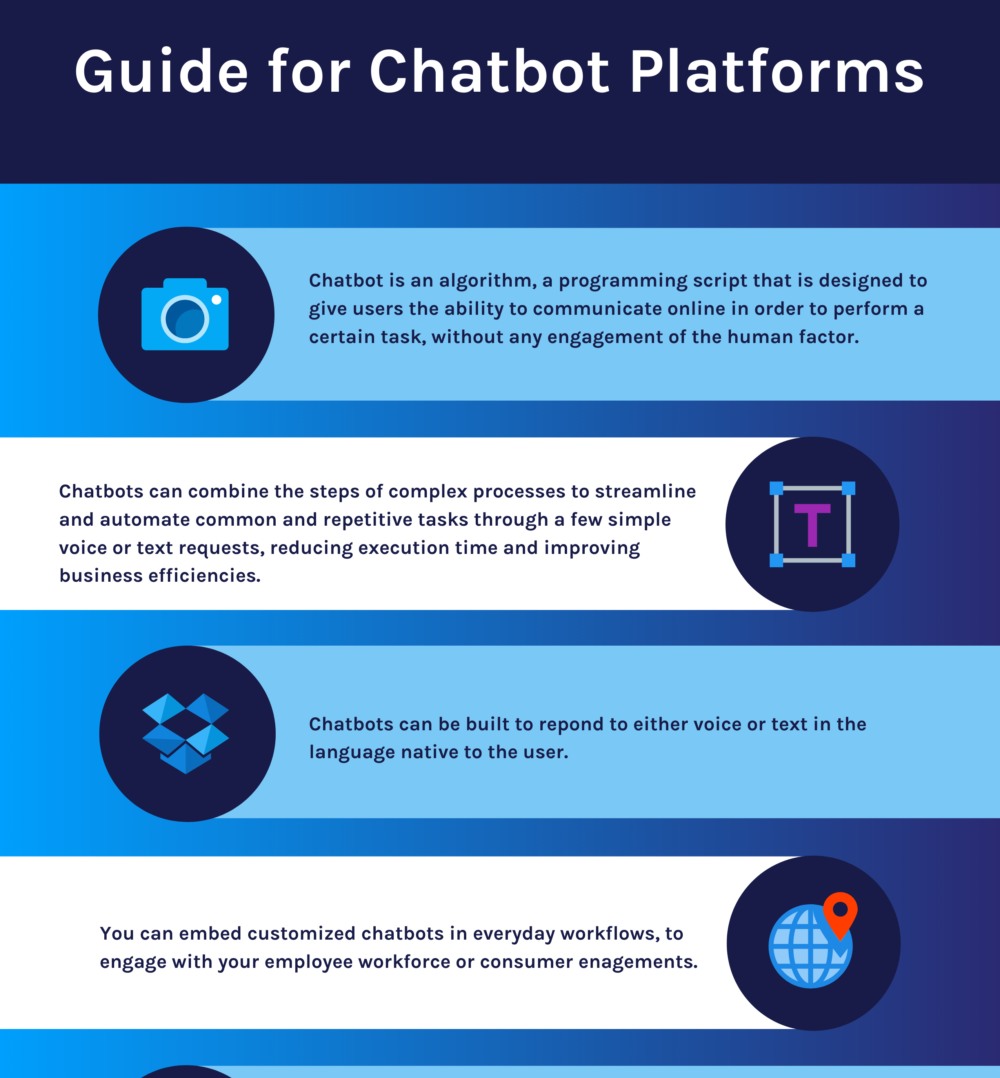
Chatbot is an algorithm, a programming script that is designed to give users the ability to communicate online in order to perform a certain task, without any engagement of the human factor. This means that the user can realize their needs on a particular site, without the participation and activities of people who would otherwise have to work 24 hours a day, thus fully automating the whole process.
Chatbots are using AI (Artificial Intelligence), so they can solve even more complicated tasks than those that are basic, and special emphasis is placed on individual chatbots that can already learn (Machine learning). Machine learning is realized by the algorithm that can be changed when exposed to new data or variables that are not present in their system.
Chatbots can combine the steps of complex processes to streamline and automate common and repetitive tasks through a few simple voice or text requests, reducing execution time and improving business efficiencies. Chatbots can be built to repond to either voice or text in the language native to the user. You can embed customized chatbots in everyday workflows, to engage with your employee workforce or consumer enagements.
You may like to read: Top Chatbot Platforms
What are Chatbot Platforms
Chatbots allow for highly engaging, conversational experiences, through voice and text, that can be customized and used on devices and platforms.To make a chatbot, you need to create a very complicated backend that uses concepts such as data mining, machine learning, and NLP (natural language processing).
Fortunately, various companies have developed a chatbot engine that can be used for free or with a certain amount of money, to create their own program. Almost every engine has a very intuitive graphical user interface that makes it easy to create basic chatbot functions. Typical chatbot architecture consists of bot engine, backend applications and chat platforms.
The platform allows developers and businesses to create bots effortlessly, even if their coding basics are minimal. The main core of a chatbot platform is artificial intelligence, but it also offers a user-friendly interface with all the necessary settings for customization and personalization.
It simplifies working with chatbots by already containing the complete infrastructure and standard communication features packaged in a very simple programming library. Teams can make chatbots easier and focus on solving important business problems, rather than researching communication protocols and solving infrastructure issues.
You may like to read: Top Chatbot Platforms
What are the Features of Chatbot Platforms
Chatbot platforms provide features such as: Natural Language, Context and Coherence, Machine Learning, Prediction, Account Manager, Collaborative Model Training, Enterprise Grade, Virtual Agent, Live Chat, Automated Sequences, Broadcast, Payment Request API, Adaptive Cards, Application Insights, Intent and Tone Models, A/B Testing, Powerful Analytics, Return Response, API View, Role Based Access Control, Advanced Reporting, Internationalization, Conversational Flows, Dealer Assignment, Audit Trail, Reinforced Learning, Deep Learning, Trigger Support and Encrypted Cloud-Based Storage.
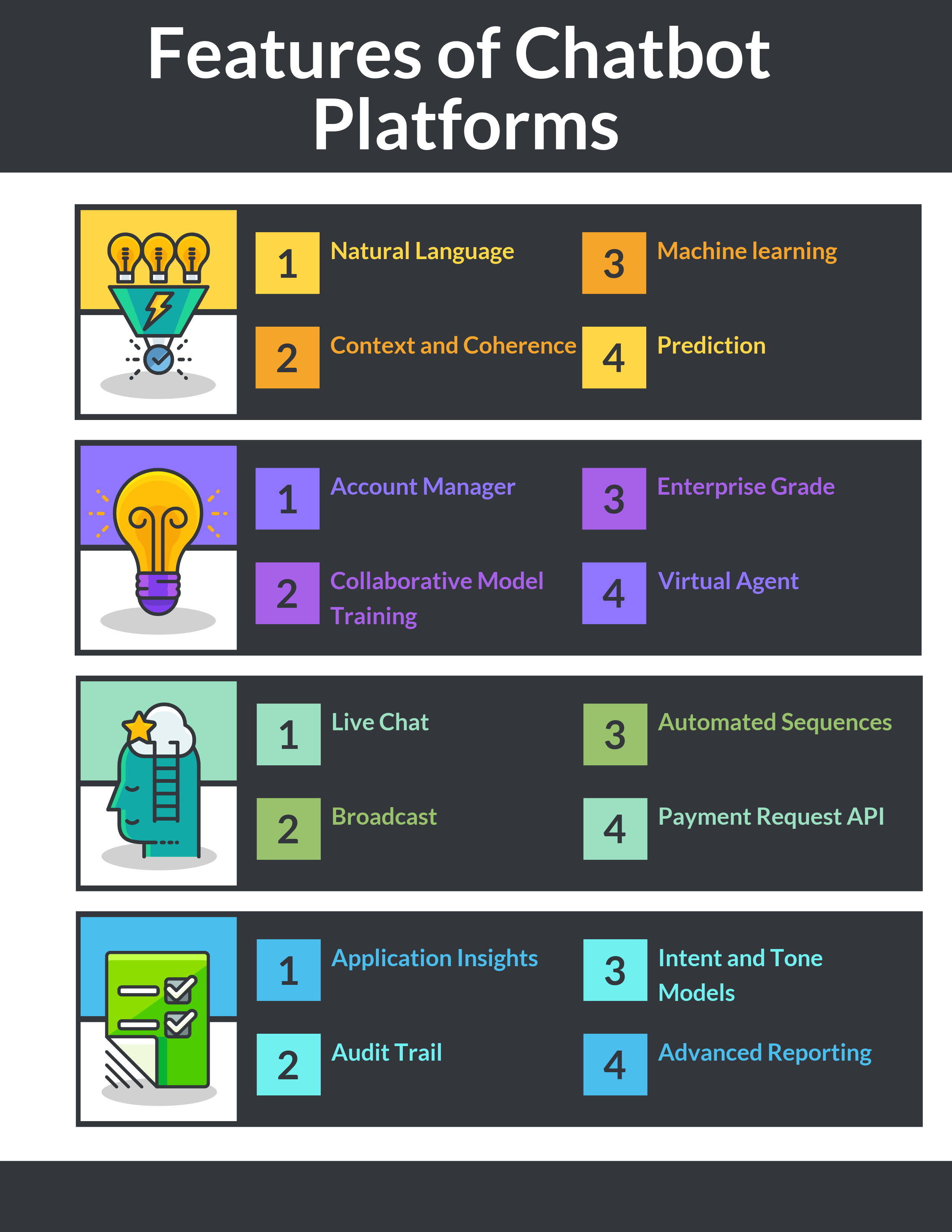
What are the Features of Chatbot Platforms
- Natural Language: Ability to understand natural language and language deformations (slang, typos, regionalisms...). Interpret and interact in more human ways.
- Context and Coherence: Ability to keep up with long conversations without losing coherence.
- Machine learning: Real-time learning of dictionary, algorithms and constant evolving.
- Prediction: Ability to suggest answers based on previous interactions with other customers in situations when there is no requested information.
- Account Manager: Designing, testing, and deployment of the conversational AI and comprehensive project coordination.
- Collaborative Model Training: Provides customized training and prepares engineering teams with the conversational AI and machine learning skills.
- Enterprise Grade: Provides reliable infrastructure that scopes with characteristic use cases.
- Virtual Agent: Intellectual and conversational self-service experience.
- Live Chat: Enables individual conversation with clients.
- Automated Sequences: Higher conversations and automated Messenger marketing.
- Broadcast: Enables sending messages to clients and subscribers.
- Payment Request API: It provides required payment, shipping and contact information of the user.
- Adaptive Cards: Describe the content and deliver it to customers.
- Application Insights: Service-level and instrumentation data with conversation-level reporting.
- Intent and Tone Models: Ability to adapt messages to a real-time context.
- A/B Testing: Company - Customer action and drive engagement.
- Powerful Analytics: It provides dashboards for tracking and measuring KPI and ROI.
- Return Response: It returns the response to the input – console, API, speech synthesis.
- API View: Enables communication with your bots from your web application.
- Role Based Access Control (RBAC): Restricts system access only to authorized users.
- Advanced Reporting: Easy access to needed information, critical data gathered in one place.
- Internationalization: It enables easy adaption to the different languages and regions without the need for system changes.
- Conversational Flow: Analyzing the conversations of users with highest engagement rates and creating simple, non-confusing chatbots.
- Dealer Assignment: Dealer - User authorization and managing internal business progress.
- Audit Trail: It tracks and locates received and sent communications and cooperation.
- Reinforced Learning: It develops the system's proficiency in real time.
- Deep Learning: Provides advances semantic analysis and implements conversational computing.
- Trigger Support: It sends pop-up messages/triggers to users and redirects them to a relevant website.
- Encrypted Cloud-Based Storage: Automatic storage for attachments and files for prompt reference.
You may like to read: Top Chatbot Platforms
What are the Types of Chatbot Platforms
Before choosing a platform, we must know what kind of chatbot is suitable for us: goal-oriented/transactional or conversational chatbot. And having considered this, it is possible to recognize 3 types of platforms:
- No programming platforms,
- Conversation-oriented platforms and
- Platforms backed by tech giants.
No programming platforms are user-oriented platforms for chatbot development without programming, machine learning or natural language processing skills. They are perfect for small scale projects and simple chatbots. On the other hand, no programming platforms cannot integrate external sources and information extraction so these platforms are not a good choice for complex chatbots.
Conversational platforms enable the communication between users and the bot, without contemplating a task-oriented scheme. For modeling the interaction with users, conversational platforms use standard Artificial Intelligence Markup Language (AIML). Like no programming platforms, these also have poor information extraction capabilities but are very flexible when it comes to creating conversations.
Platforms backed by tech giant are built by tech giant companies and, because of that, they symbolize a standard. They are characterized by robust expressive capacity and a low learning curve. They are meant for complex chatbots and complex conversation flow, but still, there are difficulties with the conversation control and misunderstanding of user requests is not rare.
What are the Benefits of Chatbot Platforms
The process of creating a chatbot follows a pattern similar to the development of a web page or a mobile app. It can be divided into Design, Building, Analytics and Maintenance.
- Artificial Intelligence as a service (AIaaS): It gives the API access to bot hosting platforms and integrated conversational interfaces into apps.
- Easy-to-access information: Access the information quick and easy.
- Mutual Feedback: It boosts the work quality and ensures success.
- No Boundaries: It provides transparent, open work habitat that empowers the workflow.
- Improved Communication: With the new and advanced way of communication it will strengthen the organization and team communication.
- Increased Revenue: Clienteling chatbots that boost sales.
- Lower Support Costs: Reduced support calls.
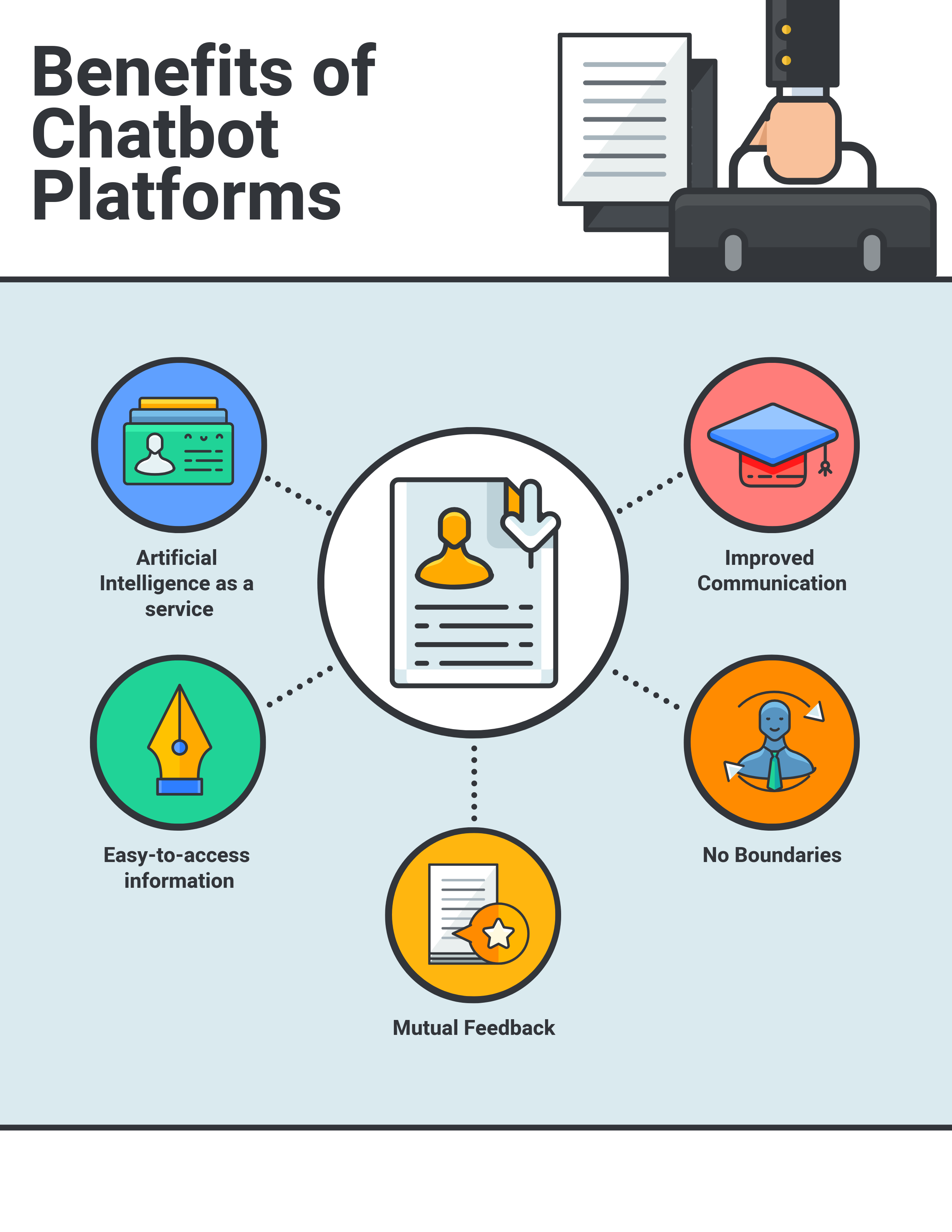
What are the Benefits of Chatbot Platforms
You may like to read: Top Chatbot Platforms
What are the Key Performance Indicators (KPI's) of Chatbot Platforms
The ideal KPIs for chatbots are:
- Number of volunteer users: It is a countable measurement that enables clients to use the chatbot without getting notified.
- Retention rate: A number of clients that keeps coming back.
- Goal Completion Rate (GCR): Helps in tracking of what clients are interested in.
- Fall Back Rates (FBR): A number of times the chatbot fallbacks.
- Users Interactions: It evaluates chatbot's performance.
- Activation Rate: A number of clients/users that use the chatbot profitably.
What are the Latest trends in Chatbot Platforms
Latest trends include:
- Messaging as a Platform (MaaP): It enables application-to-person messaging with bots.
- Bot Sites: Interactive and personalized sites.
- Conversational Interfaces: It mimics the conversation with a real human.
- Voice Interface: It significantly reduces the chatbot friction.
- Text-based Customer Service: It offers question-based replies.
- Sentiment Analysis: It analyzes the tone of the client input and performs pattern/diagram recognition.
You may like to read: Top Chatbot Platforms
How to choose the right Chatbot Platforms
When buying a new chatbot platform, it is important to take into consideration several factors as well as possible difficulties.
- Learning: The chatbot solution efficiency depends on its own knowledge infrastructure and the learning competence. In connection with that, there are platforms that require you to teach your chatbot key skills manually. That is a very tedious process that often leads to failure. On the other hand, there are chatbot platforms that can absorb the knowledge from the organization corpus: knowledge bases, documents, CRM data...These platforms are much more efficient because of the fact they can learn very rapidly, independently and dynamically.
- Understanding: Chatbots are built to simplify and interpret complex language and to deal with complex tasks and requirements. Because of that, it is necessary to select a chatbot platform that builds smart bots with leading NLU and AI capabilities. To sum up, a chatbot platform must understand unique business terms and language, as well as simplify complex intents.
- Deploying: The best chatbot platforms have a dialog manager, behavior engine, and NLU service tools. Leading chatbot platforms today take less than two months to set up and deploy a fully integrated chatbot solution. Also, two months minimum are required for perfecting chatbot solution so that it can meet all users requirements and expectations.
- Training: An important aspect of a chatbot platform evaluation is the capacity to train the chatbot for the forthcoming conversation with users. Many chatbots must be constantly monitored in order to be precise and accurate when responding to various requests and therefore they are not suitable for enterprises. Enterprises need a human-independent chatbot solution that supports continuous learning. Modern chatbot platforms are required to become smarter with each conversation and all that by using machine learning and semantic modeling. An isolated occasion when manual training is needed is when teaching the chatbot new or unfamiliar vocabulary.
- Pricing: Today's chatbot platforms use a combination of a Monthly license fee, Pay-per-call, and Pay-per-performance pricing models. Monthly license fee provides regular chatbot support and maintenance; Pay-per-call provides the flexibility to pay when launching a particular chatbot rather than in advance; Pay-per-performance guarantees savings because the cost is paid according to achieved or non-achieved goals.

How to choose the right Chatbot Platforms
Here are the trending and the top rated Chatbot Platforms for you to consider in your selection process:
You may also live to read, What is Customer Relationship Management Software ?, Top CRM Software, All in one CRM Software and Social CRM Software, , Top Free and Open Source Customer Relationship Management (CRM) Software, Best Small Business CRM Software, Top Mobile CRM Software .
What is Help Desk Software ?, Top Free, Open Source, Top Helpdesk Software, What is Chatbot Platform ? , Top Chatbot Platform .
What is Configure Price Quote (CPQ) Software ?, Top Configure Price Quote Software, Top Opportunity Management CRM Software, and Top iOS Mobile CRM Applications for iphone and ipad.
You may like to read: Top Chatbot Platforms
What are Chatbot Platforms?
Chatbots allow for highly engaging, conversational experiences, through voice and text, that can be customized and used on devices and platforms.To make a chatbot, you need to create a very complicated backend that uses concepts such as data mining, machine learning, and NLP (natural language processing).
What are the Features of Chatbot Platforms?
Chatbot platforms provide features such as: Natural Language, Context and Coherence, Machine Learning, Prediction, Account Manager, Collaborative Model Training, Enterprise Grade, Virtual Agent, Live Chat, Automated Sequences, Broadcast, Payment Request API, Adaptive Cards, Application Insights, Intent and Tone Models, A/B Testing, Powerful Analytics, Return Response, API View, and Role Based Access Control.
























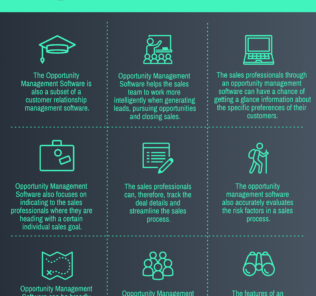
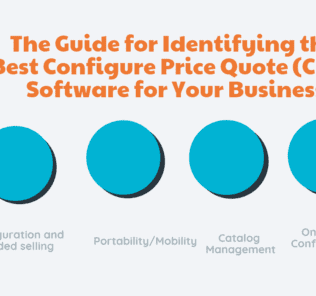
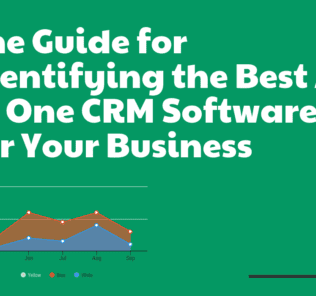

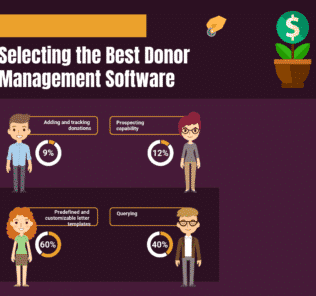





By clicking Sign In with Social Media, you agree to let PAT RESEARCH store, use and/or disclose your Social Media profile and email address in accordance with the PAT RESEARCH Privacy Policy and agree to the Terms of Use.